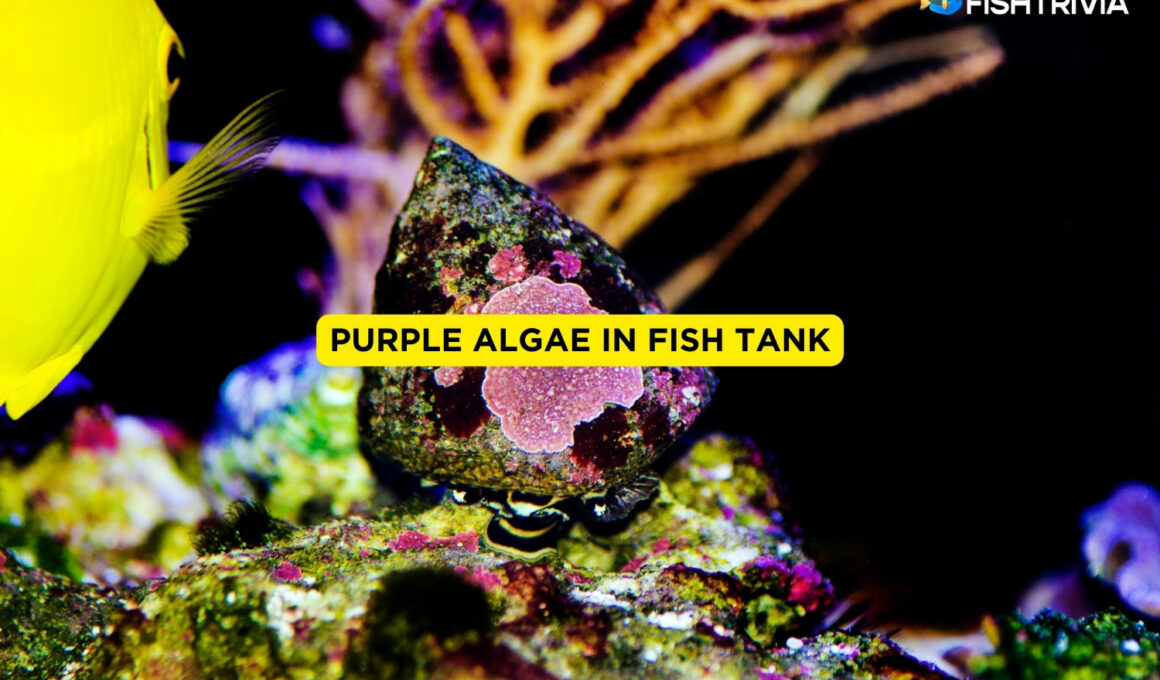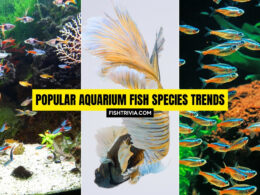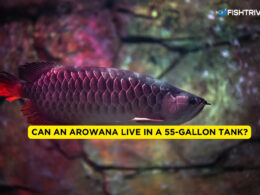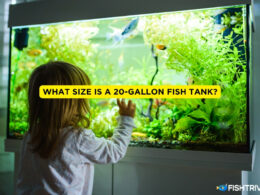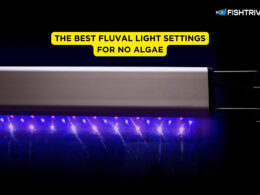In this article Show
If you’ve ever noticed a purple tint taking over your aquarium and wondered what it is, you’re not alone. Many aquarium enthusiasts, including myself, have encountered this vibrant hue coating the surfaces of our tanks.
Known as purple algae, or more accurately, Coralline Algae, this colorful visitor is a common occurrence in many fish tanks. As an experienced fishkeeper, I’ve had my fair share of battles with different types of algae.
While algae are a normal part of any aquarium ecosystem, some types can get out of hand if not properly managed. But what about purple algae? Is it friend or foe, and what causes it to appear in the first place?
In this blog post, we’re going to dive deep into understanding what purple algae are, the factors contributing to their growth, and, most importantly, what you can do about them.
So, whether you’re just starting your aquarium journey or you’re a seasoned fish keeper looking to understand this intriguing phenomenon better, stick around as we explore the world of purple algae.
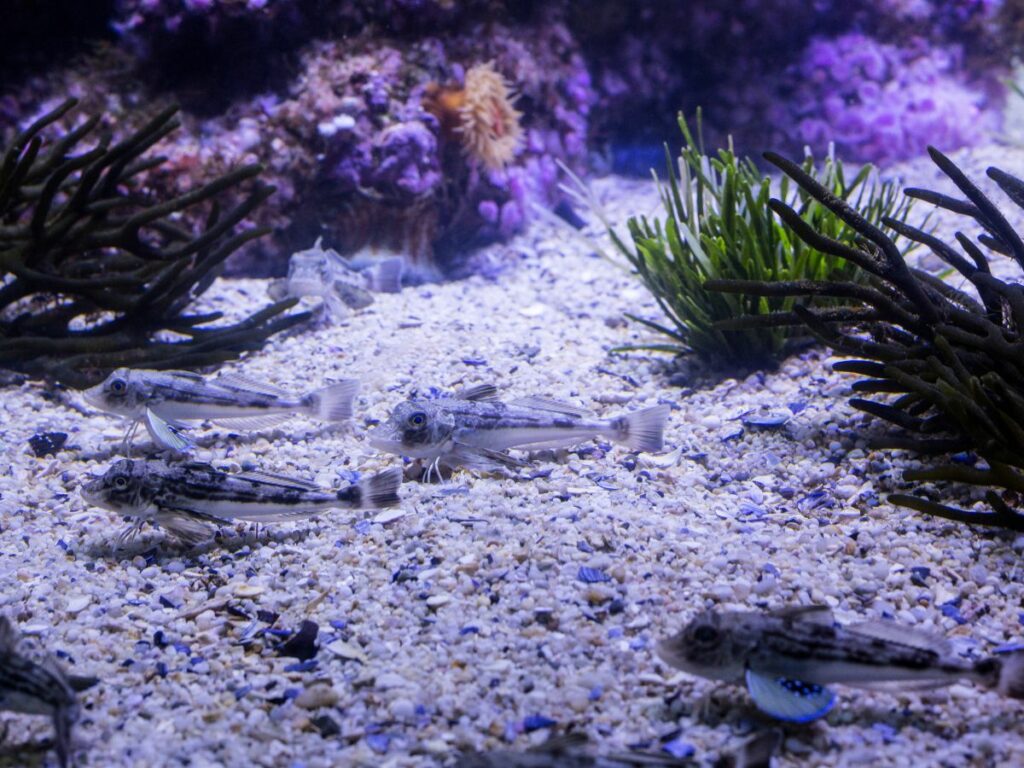
Understanding Purple Algae
Purple algae, more accurately known as Coralline Algae, are a type of red algae that is common in marine environments. Their name comes from the hard, calcareous structures they form, which often take on a purple, pink, or red hue.
These algae attach themselves to hard substrates, making them a frequent sight on the rocks, glass, and equipment within fish tanks.
Unlike many forms of algae that aquarists dread, Coralline Algae is often seen as a sign of a healthy tank. Its vibrant coloration can add a dash of natural beauty to the aquarium, while its hard texture can provide an ideal surface for the growth of organisms such as coral.
The growth of Coralline Algae in your tank isn’t random. It’s influenced by a number of factors, from the water conditions to the lighting. While it’s generally harmless, understanding its growth can help you maintain a balanced and aesthetically pleasing aquarium environment.
Causes of Purple Algae Growth In Fish Tanks
The appearance and growth of Coralline Algae in your tank aren’t accidental; it’s the result of specific conditions that these algae find favorable. Here are some key factors that contribute to the growth of purple algae;
1. Lighting
Coralline Algae, like all photosynthetic organisms, need light to grow. However, they prefer moderate light levels and can grow well under standard aquarium lighting.
2. Water Conditions
These algae thrive in stable water conditions with a slightly higher pH (8.1-8.4). They also prefer higher calcium levels (around 380-450 ppm) and a good amount of carbonate hardness to support their calcareous structures.
3. Nutrients
Coralline Algae need a sufficient supply of nutrients, particularly calcium and carbonate, to grow. They also use magnesium, strontium, and trace elements.
4. Introduction of Algae
Often, Coralline Algae enter a tank by “hitchhiking” on live rocks, coral frags, or other items transferred from a tank where the algae are present.
4. Availability of Hard Surfaces
As mentioned before, Coralline Algae attach themselves to hard substrates. Therefore, the availability of surfaces like rocks, tank walls, or aquarium equipment can contribute to their growth.
While these conditions can lead to the growth of Coralline Algae, they don’t necessarily mean that the algae will overrun your tank.
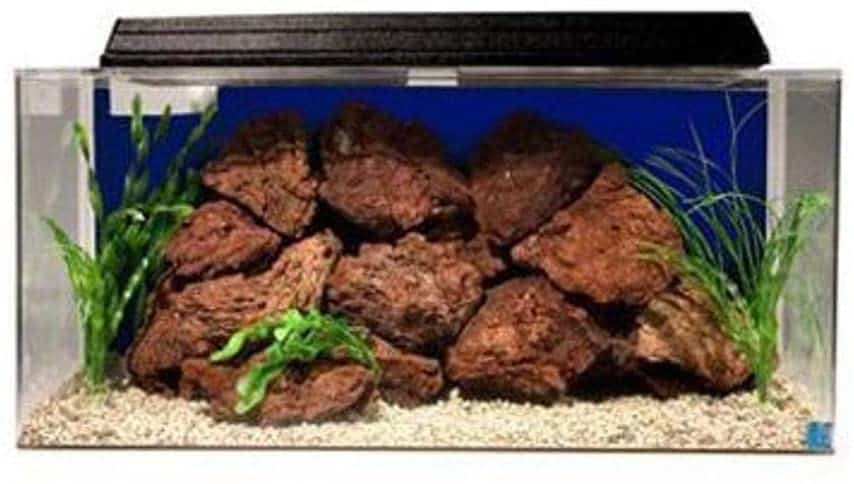
How To Control Purple Algae Growth
While Coralline Algae is generally considered beneficial, there may be situations where you need to control its growth. Maybe you want to maintain a specific aesthetic, or perhaps the algae are spreading onto equipment or areas where you don’t want them. Here are some strategies you can employ to control the growth of Coralline Algae;
1. Adjust Lighting
As Coralline Algae thrive in moderate light, reducing the duration or intensity of your tank’s lighting can help limit their growth. However, ensure that any changes you make still meet the needs of your other aquarium inhabitants.
2. Control Nutrient Levels
Keeping a check on the levels of calcium, magnesium, and carbonate in your tank can help manage the growth of Coralline Algae. Use a good quality marine salt mix to ensure a balanced supply of these nutrients.
3. Clean Regularly
Regularly cleaning your tank, especially the surfaces where Coralline Algae are starting to grow, can help keep them under control. However, be careful not to harm beneficial organisms or disrupt the overall balance of your tank.
4. Use Algae Eaters
Certain creatures, like chitons, limpets, or sea urchins, can eat Coralline Algae. However, they may also eat other types of algae and possibly harm corals, so consider this option carefully.
5. Manual Removal
For significant growth, manual removal may be necessary. You can use a scraper or an old toothbrush to gently remove the algae from the surfaces.
Remember, the aim is not to eradicate Coralline Algae entirely but to control their growth so that your tank remains balanced and aesthetically pleasing. Each aquarium is unique, so you may need to experiment a bit to find the best approach for your particular setup.
Wrapping It Up
While the sight of purple algae in your fish tank might initially cause a bit of surprise, it’s important to remember that Coralline Algae, in moderation, can actually be a sign of a healthy tank.
By understanding what encourages its growth and how to manage it, you can maintain a balanced, thriving aquarium that’s both appealing to the eye and beneficial for your tank’s inhabitants.
Whether you choose to embrace the purple hues of Coralline Algae or prefer to keep their growth under control, the choice is in your hands.






